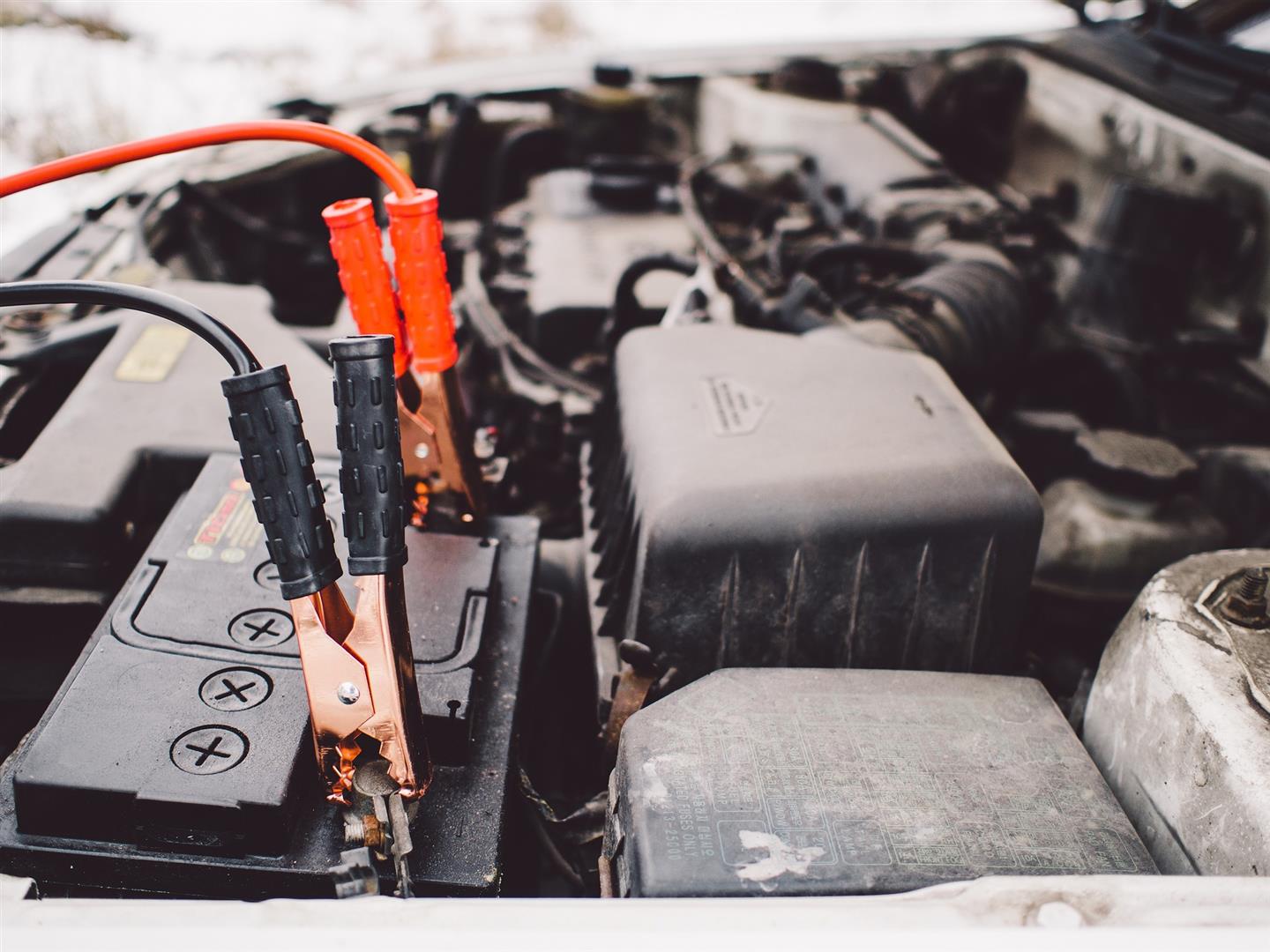Posted on 12/1/2022

How to safely boost a dead battery We have all had it happen to us or someone we know. We go to start our vehicle, and the battery is dead or low enough on charge that it cannot start the engine. There are a few ways to “boost” the battery. Whether that is with an external power source like a battery or booster pack, or with jumper cables hooked up to another vehicle’s battery, we want to ensure this is done safely and without damage to a vehicle’s sensitive electronics! Your best source of information regarding how to boost your battery is your vehicle owner’s manual. This is the first place you should look to find directions on how to perform this procedure. However, the most common way to perform this is as follows: Step 1: Connect the red cable/handle to the dead vehicle’s positive battery terminal (+) Step 2: Connect the other end of the red cable/handle to the donor vehicle’s positive battery termina ... read more
Posted on 2/17/2022

We often have customers that may not know what pressure they should fill their tires to on their vehicle. When inflating your tires, it is always recommended to fill them to the pressure that is printed on the sticker that will be in your driver’s door jam. This can be found by opening the driver’s door and locating the specification sticker. Your vehicle may require the same pressure in all four tires, or two different pressures for the front and rear. This pressure will be the cold tire pressure, which means the tires should be filled before they heat up from a long road trip or extended driving time. Having your tires set to the proper pressure is critical to the long life of your tires and proper handling of your vehicle. Improper pressure can lead to tires wearing quicker than they should, or even increased fuel consumption from your vehicle! Pressures should be adjusted whenever the outside air temperature changes with the seasons. It is recommended to adjus ... read more
Posted on 1/6/2022

When the engine starts, it pumps oil through the engine block and other components to lubricate moving parts. When the temperature drops, the oil is thick and doesn't flow like it should. Less oil flow means more friction — and that means engine parts wear faster than they should. A block heater warms the engine coolant, which warms the engine block and the oil. It is recommended to plug in your vehicle when the temperature drops below -18 Celsius. Ideally you should leave your vehicle plugged in for four hours prior to starting the engine. Anymore than that is not required and is wasting electricity. An electrical outlet timer can help accomplish this. Plugging in your car before you start it can also lower your car's emissions and save fuel by up to 10 percent! We always recommend plugging your vehicle in during cold weather starting to help keep its vital components in the best condition possible!